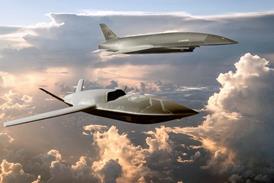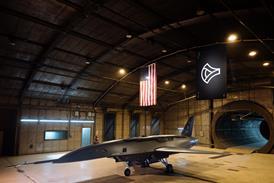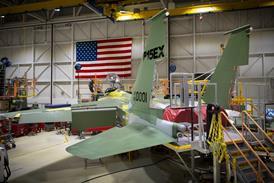
Boeing, Lockheed Martin and Northrop Grumman are studying concepts for a future strike aircraft (FSA) under a 12-month US Air Force contract. The companies are refining requirements for a strike capability that could replace the USAF's B-1, B-2 and B-52 bombers beyond 2030.
The manufacturers are looking at a range of FSA options under the contracts, which are expected to be completed by early next year. Northrop Grumman is studying high subsonic, supersonic and hypersonic options. "Part of the study is to try and keep an open mind and look at the whole long-range requirement," says Charles Boccadoro, FSA programme manager for Northrop Grumman's Air Combat Systems unit.
Although some way from defining a technology development roadmap to suit a set of concepts, Boccadoro says: "Speed is a real key." Stealth, a hallmark of the B-2, appears important in the FSA concepts now being discussed.
"We are really at the beginning of the process," adds Boccadero. "We are asking whether it should be evolutionary or revolutionary. Should it be faster, bigger, go further or be stealthier? We do know we want it to be air-breathing. It is an aircraft and not a spaceplane. It is also not likely to be a missile-only platform." Studies will also include comparing the costs of manned versus unmanned concepts.

Boeing says its Phantom Works unit is studying FSA options ranging from a subsonic missile-armed aircraft based on its Blended Wing Body design to hypersonic concepts. The company is also looking at manned and unmanned solutions to the requirement.
The impact of emerging technology on the FSA is being divided into two major steps, Boccadoro says. The first assesses technology on the verge of implementation, such as turbo-ramjet propulsion, which could see service as early as 2010-15. The second looks at "more exotic" solutions for the 2030-35 timeframe.
Source: Flight International























